
Most people don’t fully “get” birding until they come to the bush.
But with each visit, you begin to tune in to the wildly diverse birds that flutter through the skies, perch in the trees, and call out across the savannah. Adding bright bursts of colour, they are jewels of the skies. Birds signal so much to those who know how to watch and listen. Their movements, calls, and patterns offer subtle clues about what’s unfolding in the wild. They are such an integral part of the ecosystem, the role they play is vital for a healthy functioning wilderness. Once you begin to notice the little things, the bush gets even more rich with the biodiversity and each sighting becomes more exciting and meaningful.
It’s not just about ticking species off a list. It’s about deepening your connection to nature and learning to speak its language.
Whether you spot your first lilac-breasted roller on safari or learn the call of a bird at home, each bird brings you closer to nature. So grab a pair of binos (or just use your eyes), step outside, and start noticing—you’re already a birder!
Start with the Obvious
Get yourself a bird book – there are plenty to choose from like The Robert’s bird book or Sasol Birds of Southern Africa. Or you can even download an app nowadays.
You don’t need to identify every bird immediately. Just observe. Focus on one bird at a time, and take note of what stands out.
Give a General Impression of Size and Shape (GISS)
Take a guess and give general overview. Is it big like a stork or small like a sunbird?
What shapes stand out? Does it soar, flap, hover?
Look Closely at Colour Patterns
Look for – eye stripes, wing bars, neck bands, or throat patches. Notice the Tail tips (white, rufous, or black?). What colours are the leg and beak? Is it shiny (glossy starling) or matt (spurfowl)?
Notice Wing Bars and Tail Tips
These are excellent clues. Birding is like playing a game of detective. Looking for clues and signs, listening too! Wing bars are the stripes that run across the wings when folded.Tail tips might be dipped in white or another colour. Even a flash of colour in flight can help narrow it down.
Start with the Big, the Bold, and the Beautiful
You don’t need to be squinting at every LBJ (little brown jobs). Start with the easily recognisable – the flashy and fun – the lilac-breasted roller, ostrich, hornbills, secretarybird, etc.
Make a “Safari 10” Bird Wishlist
Don’t overwhelm yourself. Make a goal of learning 10 birds on your safari. Ask your guide to help – trust us, they’ll love needing out on birds with you!
Here are some to get you started!
Lilac-breasted roller – The peacock of the bush. If there is one bird everyone remembers- it is this colourful bird that loves to be seen.
Southern ground hornbill – Giant, black, and strolling like it owns the place. You might even mistake the call it makes for a low grumble of a lion. It also has a distinctly bold red face and neck.
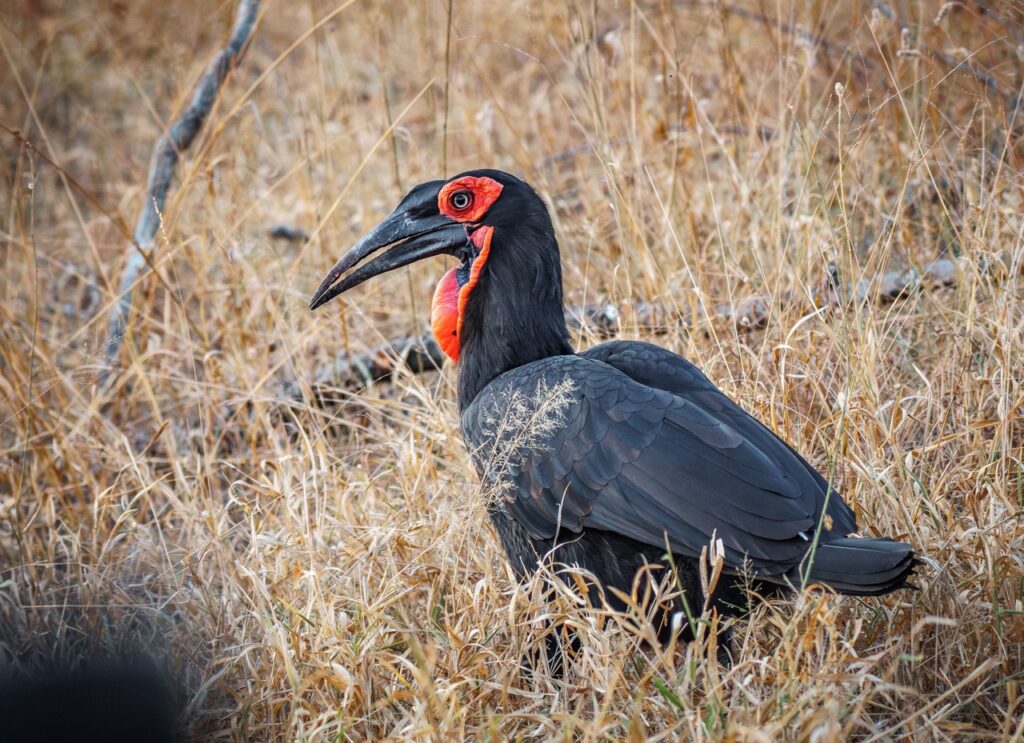
Sometimes the obvious is a clue – Ground hornbills are often spotted hopping on the ground in search of grub
Ostrich – If you miss this, you may need glasses. It’s the world’s biggest bird and looks like a somewhat out of place feather duster in the bush.
Fish eagle – More common than you think, and you’ll probably hear it before you see it. An iconic cry across the wild.
Red-billed oxpecker – It’s all about who you roll with. Us- we roll with the Big 5 only. These guys have a beautiful mutually beneficial relationship with rhinos, buffalo and giraffe.They get free rides and plenty to feast on and they’ll alert them of any predators nearby.
Nightjar – Often spotted at night – they have a habit of resting and roosting in the road. Cleverly camouflaged and with a song that rings uniquely across the bush. Have a listen here
Vultures – They play a vital role in the ecosystem. They are nature’s clean-up crew. And they come with a very, unique and rather unforgettable style. You’ll see them soaring in thermals, up above a kill or ominously watching from a tree.
Everybody knows Zazu, right? This charasmatic bird was the inspiration for the Mafusa’s messenger in The Lion King. Chirpy and clever – The yellow-billed hornbill is an easy spot on safari.
With over 500 bird species in Southern, it is hard to pic the top 100, let alone the top 10.
Getting into birds truly does add an entirely new depth to every safari. Once you start noticing them, you’ll never see a safari the same way again. The bush becomes alive with hundreds of new voices. Each with a story to tell and an indicator of news in the wild. It helps us to appreciate the incredible biodiversity of the African wilderness and how each and every creature plays such an integral role in maintaining a healthy eco system.
Birds teach to slow down, to notice and to truly see.
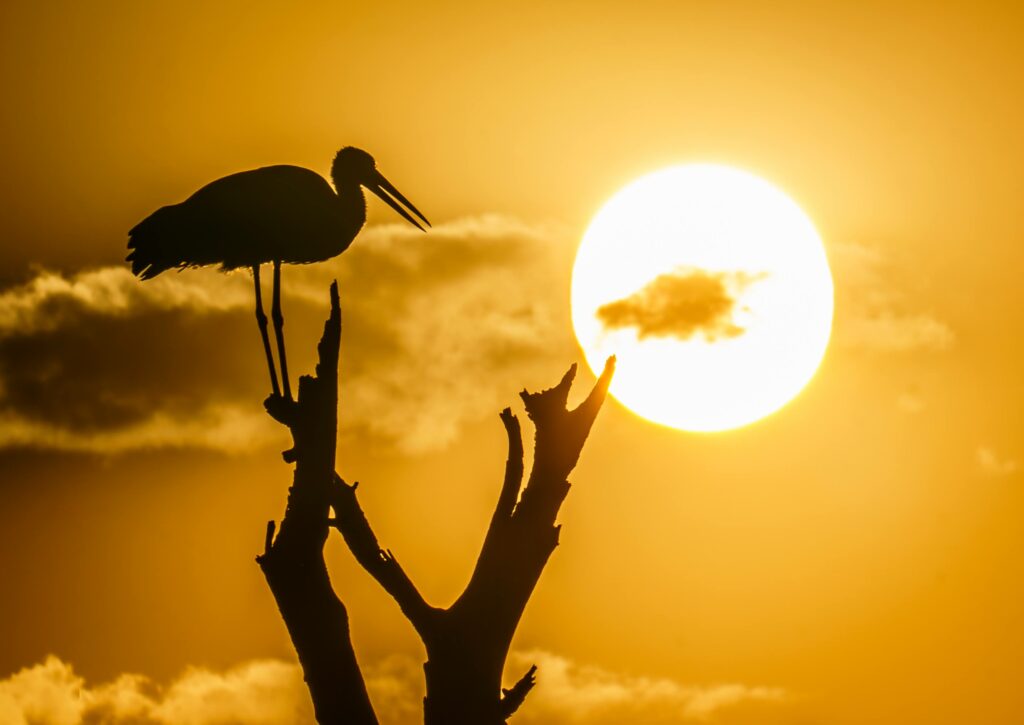

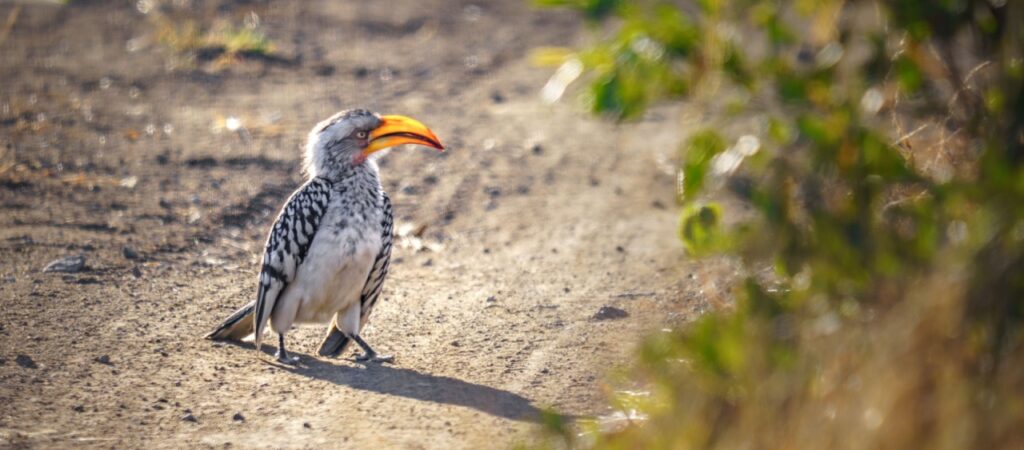


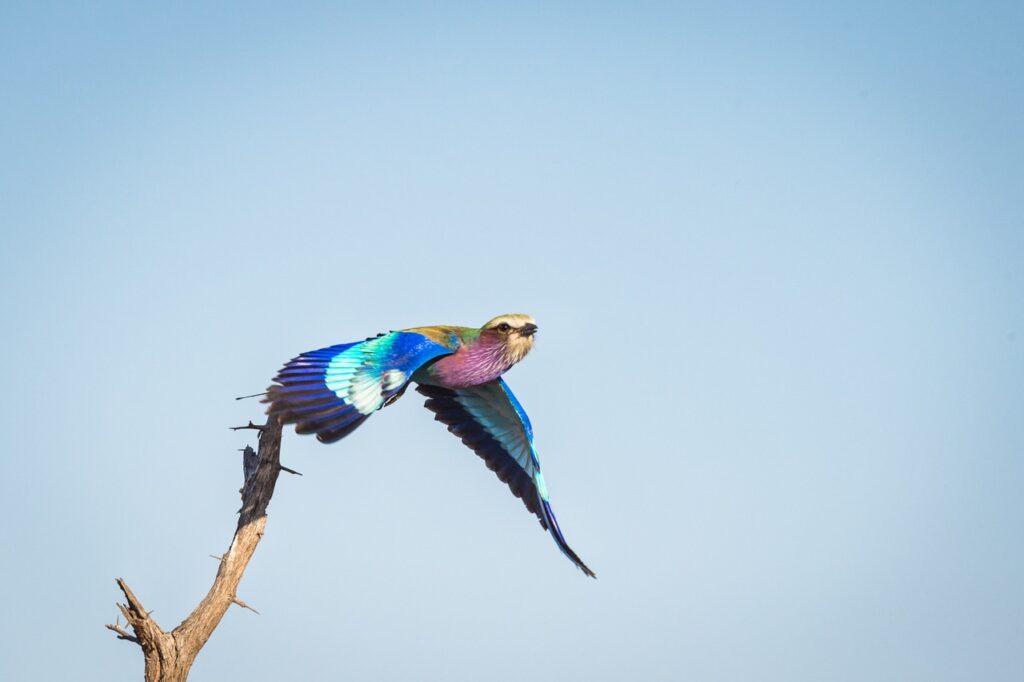
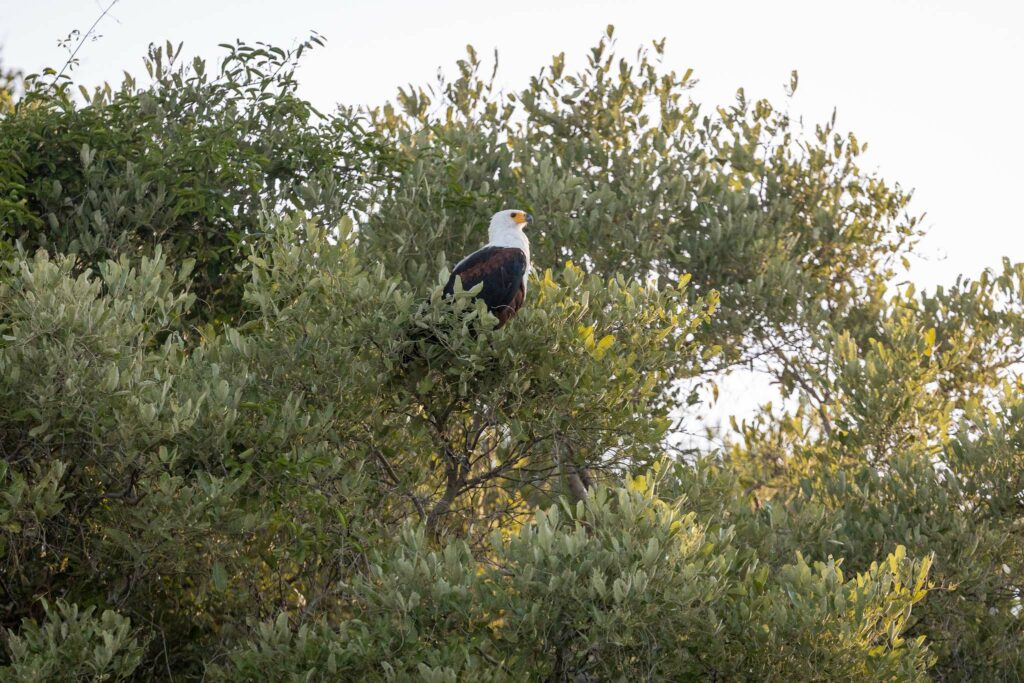

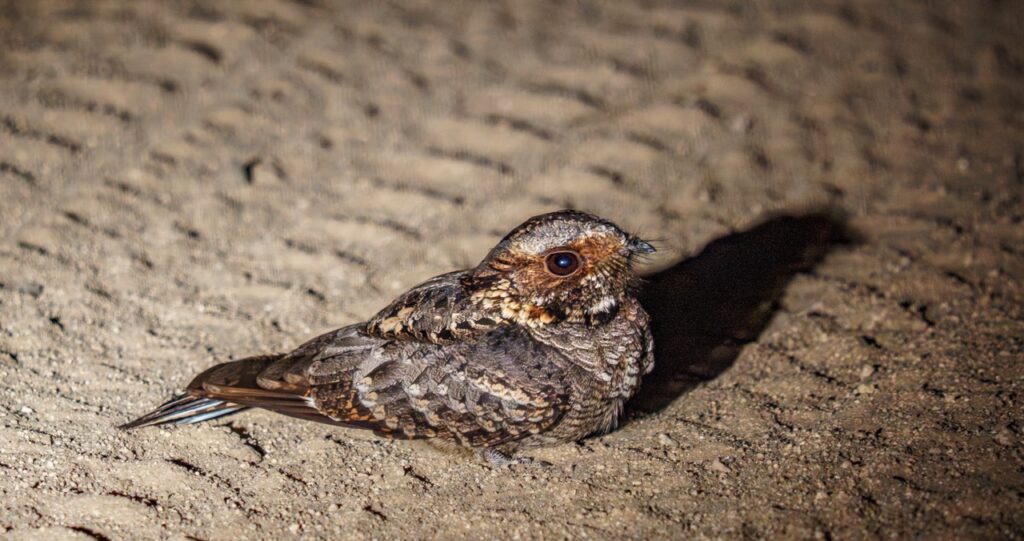


Leave a Comment